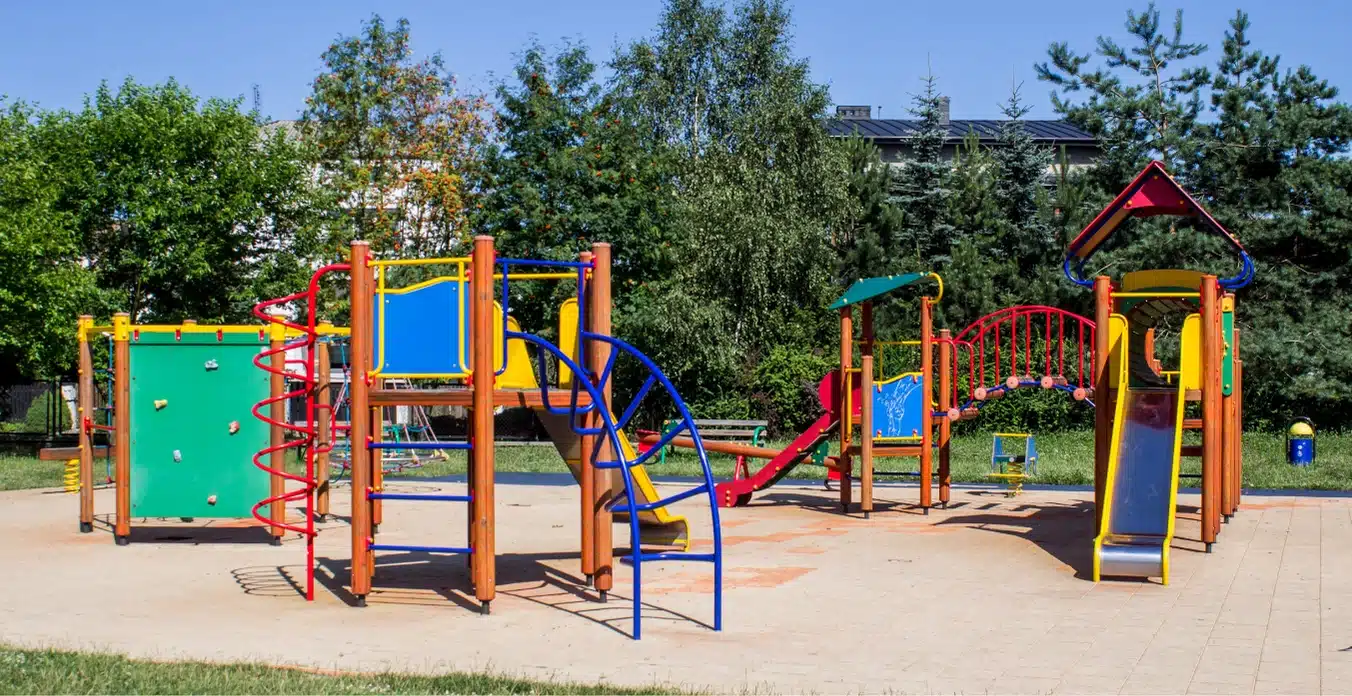A braided fishing line comprises several strands of synthetic fibres woven or braided together to create a single, stronger line. These fibres are made using a combination of materials, including Dyneema, nylon blends, Spectra, and microfilament polyethene. Braided lines are known for their strength, sensitivity, and a smaller diameter. Because these lines are comprised of several fibre strands, they have a higher tensile strength than a monofilament fishing line of the same diameter making them a great choice for anglers.
What’s more, the lack of stretch in the braided fishing line increases sensitivity, making it easier to detect bites and feel the bottom of the water. For anglers, this means more success, a higher catch rate and a more rewarding fishing experience overall. Braided fishing line is available in various colours, including green, yellow, and red, allowing you to choose the right line colour for the fishing conditions and the targeted fish type.
Let’s take a closer look at the basics of braided fishing lines and dive into some common applications and advantages of this line type.
Understanding The Basics
The raw polymers that make up braided lines have many uses in other applications where strength is paramount. Paragliding rigs, cut-resistant gloves, boat sails, and climbing ropes are some examples of equipment that also uses these same polymers for their construction, because of the required tensile strength in those use cases. Users of these types of lines all value the strength and elasticity afforded while not compromising on weight. Anglers appreciate the ability to spool more braided materials onto their rigs than monofilament and fluorocarbon lines, allowing them to cast longer-length lines overall.
Pros And Cons Of Braided Fishing Line
Pros
UV Resistance: Since fishermen expect to reuse lines quite a bit, resistance to damage caused by sun exposure is always welcomed. The sun will quickly damage manufactured and natural materials the more they’re exposed to it. You need to be able to count on your lines when a big fish is hooked, so looking for the most durable option is always paramount.
Water Absorption, Memory And Snag Resistance: Braided lines maintain their innate strength, wet or dry, unlike other lines. In addition, they easily straighten out after days of being spooled up tightly. Folds and kinks in the line lead to underwater tangles and overall operation difficulty, things you want to avoid during competitive or recreational fishing.
Low Stretch: Compared to Fluorocarbon, braided lines virtually eliminate stretching under heavy loads, meaning you don’t expect to lose a large fish during a heated battle.
Cons
Expense: When it comes to braided lines, you can expect an initial expenditure of fifty per cent higher on average compared to the lowest-cost line. While the cost might be higher, with proper care, you can expect braided lines to easily outlast the competing lines, including monofilaments.
Visibility and Colour Fading: Fish may be able to see braided lines more easily compared to other types of lines, depending on conditions. This is not always true, but in certain situations, anglers will attach secondary lines, known as “leaders”. These attachments are used on the front of braided lines, and then bait or lures are directly attached to the leader lines for presentation to the fish. The idea here is to limit the display of more visible braided lines in the direct eyesight of fish.
Tying Knots: Due to their innate higher resistance to shaping, you’ll ironically be more challenged when tying off your knots using braided lines. However, this is all part of the journey, and you’ll quickly get better at tying knots even with braided lines.
Braided Fishing Line Use Cases
If you fish in scenarios that require a sensitive feel to alert you when fish are hitting your baits or lures so that you can quickly yank on that pole to set hooks deep into the fish’s mouth, braided lines are the best choice. They are also a great solution when you’ve cast out a relatively long distance and need that detailed feedback on what’s going on at the bottom once you’ve tightened up. A braided line generally works well for bottom fishing and jigging, fishing within grass and kelp, fishing around structures or debris, and casting plugs and lures.
Consider A Braided Fishing Line To Enhance Your Angling Experience
There will always be an ongoing debate in the angling world as to which type of equipment you should use. If you lack fishing experience, be sure to reach out to more experienced anglers in your area and see what insights they can provide when it comes to choosing the right equipment for your goals. The professionals in your local tackle shops will also be able to point you in the right direction when it comes to choosing the right type of line. With the right advice and guidance, you can be sure that you will have every chance of landing that big catch on your next fishing expedition.








